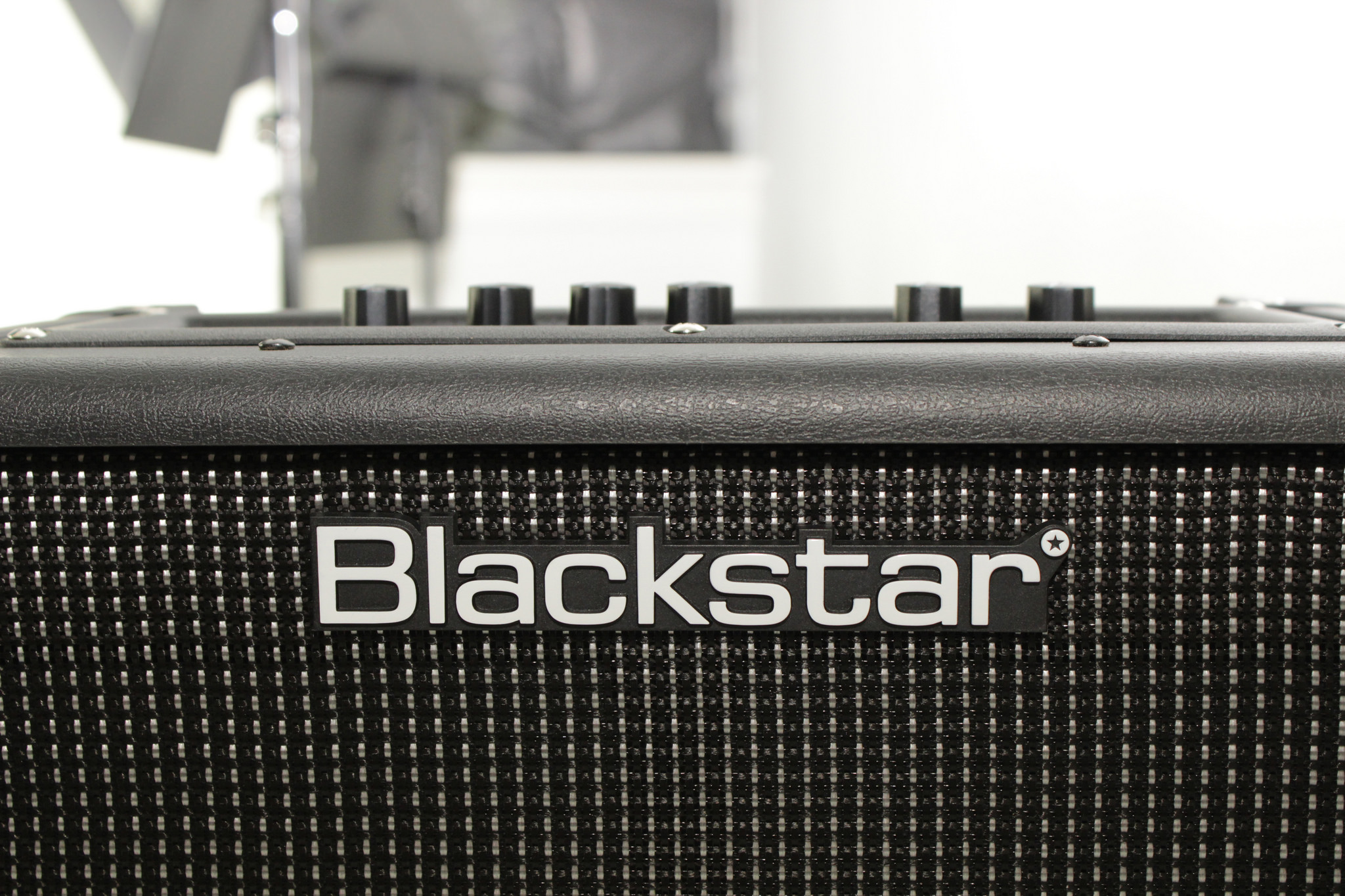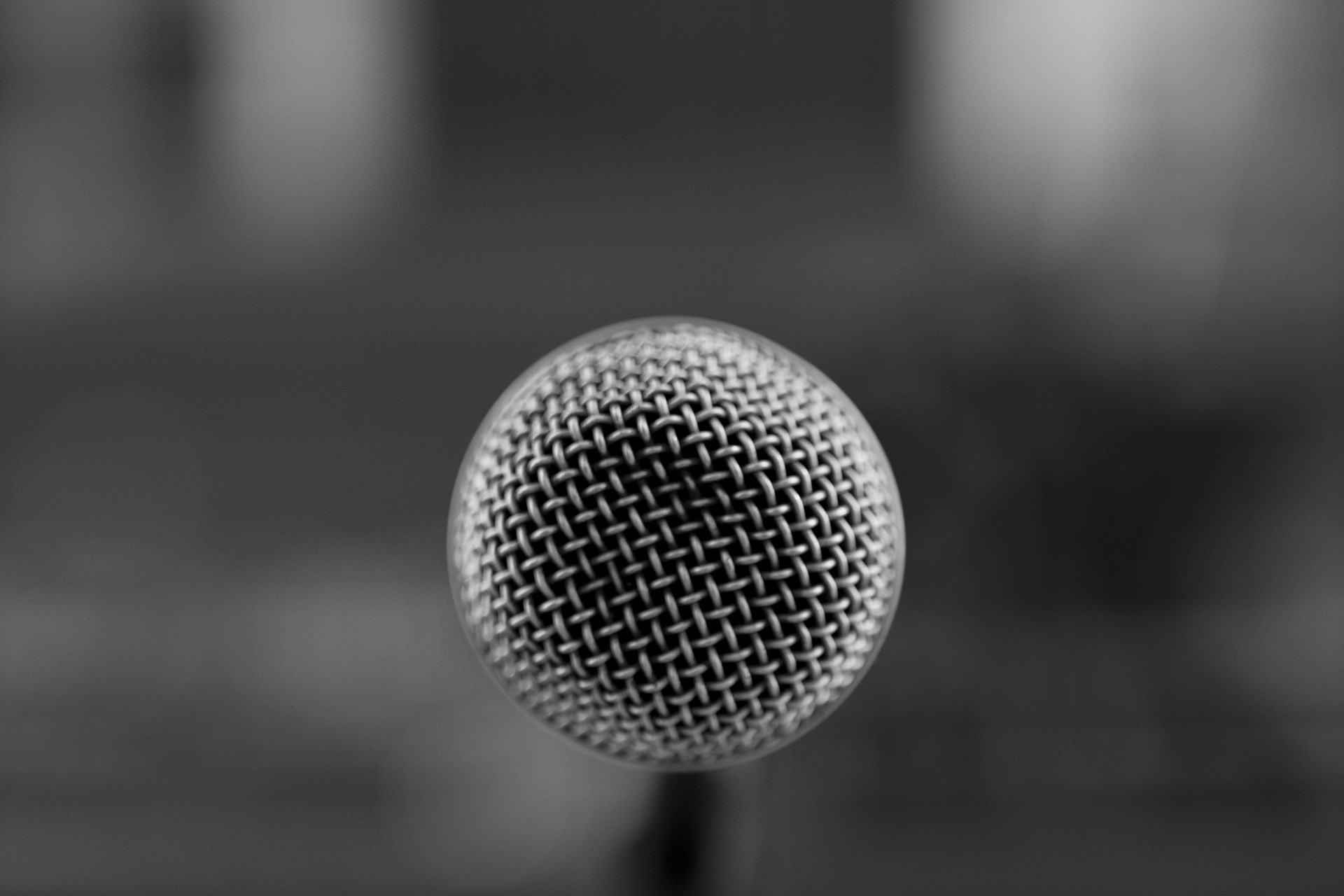Playing live can be a very fulfilling experience. There’s nothing quite like it – and in the right circumstances you can have a lot of fun.
The gig is going to be very different to what you’re used to in the rehearsal room. A different venue and an audience means a different frame of mind.
These tips will ensure that you get the most out of your first gig so that hopefully you will want to do it again and again!
1. Use Portable Gear
Nothing will deter you more from playing live than carrying heavy equipment. It’s unlikely that your first gig is going to be in a theatre or stadium. It’s likely going to be in a much smaller venue which means you don’t need heavy, powerful gear. A small amp will do just fine.
To get the best live experience you’re going to need a tube amp. Unless you have very expensive and sophisticated amp modelling gear, a tube amp will ensure you get the best tone as well as performance. A solid state amp is doable but not recommended.
So what will you need? A Marshal stack is too heavy. Even a 2×12 combo amp is too heavy. A great portable amp I plugged into recently is the Blackstar HT series. For great modern tone a Fender Hot Rod Deluxe or even a Fender Blues Junior will work very well.

Photo by Peter VanLane / Licensed under CC BY 2.0
All leading amp manufacturers offer something portable. Find out what works for you. Using an amp head with a 1×12 or 2×12 cab is another option. As long as its transportable.
2. Know Your Gear Beforehand
It’s a given that you should know how your gear works before attempting to use it in a live situation. It’s also important that you dial in the tone you’re looking for and know how the knobs are going to affect your sound prior to the gig. If you’re using a distortion pedal, make sure you dial in a great clean sound on your amp first. You may need slight tone adjustments once your amp is in a different venue in order for it to fit the room.
Make a checklist of everything you will need when playing live. Forgetting stuff is never fun, especially if it’s a long drive back home to pick up what you left behind.
3. Be Well Prepared
There’s nothing like the confidence boost from knowing your parts really well. If you’re worried about stage fright, or if you’re prone to being nervous, this is the one thing that will help you out. If you’re really worried make sure you rehearse your set in a different room to your regular rehearsal spot. This can prepare you for being outside of your comfort zone.

Pay attention to what the audience is going to hear. How will you come across to people (especially musicians) if you are playing the wrong chords? If your band is being paid for the gig you are being paid to know your material.
You also want to make sure that you dress for the occasion. You’re a musician, so you want to make sure your looks fit the profile. Although you should always put the music first, you also want to be presentable. You don’t need to have the best looks, but your clothes and hair do need to be done right.
4. Essential Items to Take With
There are a couple of things you don’t want to forget if you’re a guitarist.
Always make sure you take a guitar stand along. You need a means of quickly putting your instrument down. Putting it back in its case is time consuming. Although I have seen musicians come right without a stand, I have personally found it very frustrating, especially on one occasion when I guested with another band and forgot my guitar stand at home.
Also make sure you take some spare plectrums along (if you make use of one). When I first started playing live I would drop my picks all the time. Having a spare pick in an easy-to-grab location is vital. Don’t forget this one!
5. Record a Video
There is a saying amongst musicians that you’re only as good as your last gig. I have found that getting someone in the audience to take a video is extremely helpful in a number of ways.
Not only do you get to hear what you sounded like but more importantly you can see where you need to improve. You can review your playing and how you come across on stage so that you can work on these aspects for your next gig.
To get the most out of this you’re going to need relatively good quality video. Avoid any low quality recorders (cellphones) with overly distorted audio.
6. Have Fun!
Always try your best to enjoy the performance. If you’re enjoying yourself then there is no doubt that your audience will enjoy themselves too. This is a comfort thing that may not necessarily come instantly. After all, it’s your first gig; you’ve never done this before.
Having fun can sometimes be challenging, especially in scenarios when your sound on stage is not good. One thing to keep in mind is that the audience is hearing the front of house sound, which normally is a lot better in comparison to your reference of how it sounds on stage.
Eager to play your first gig? Let us know how it went in the comments below!
